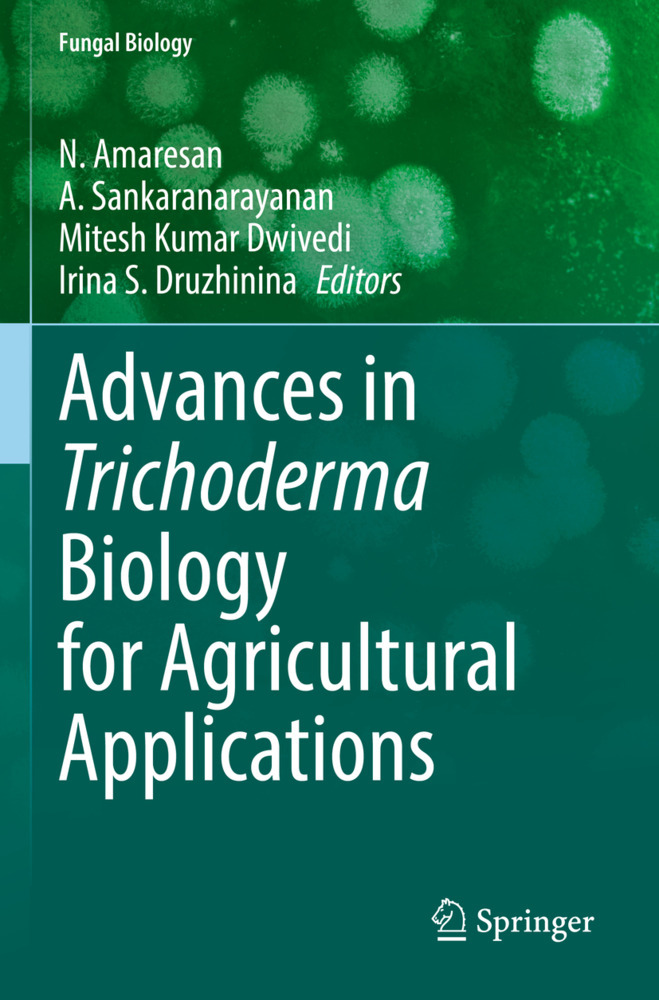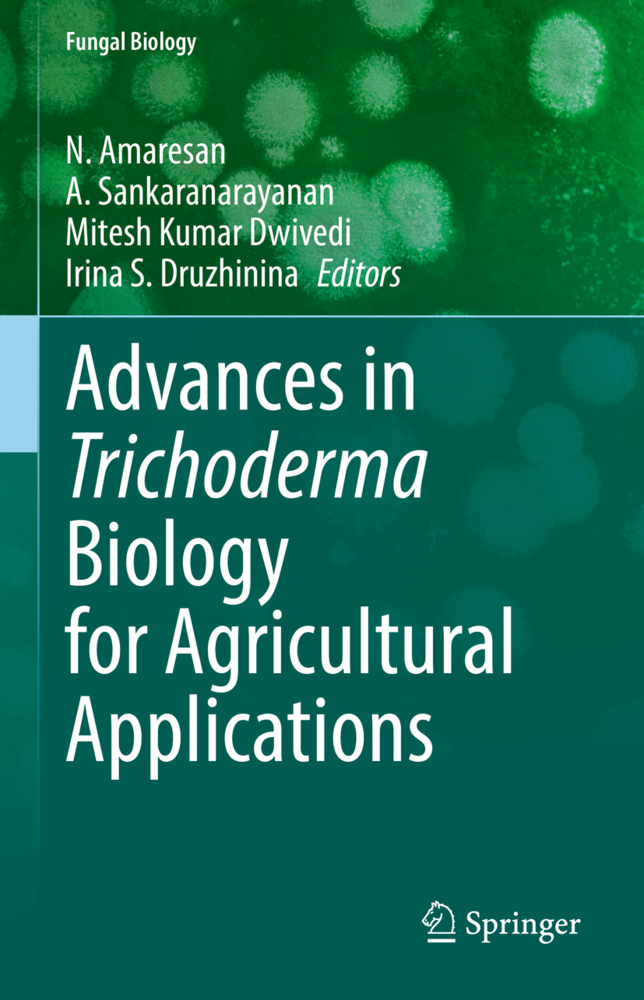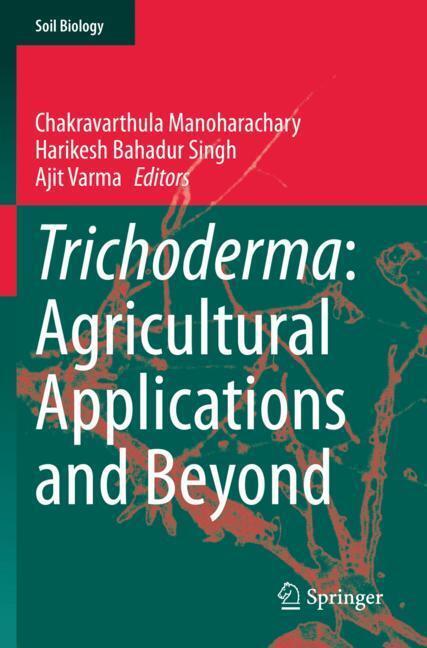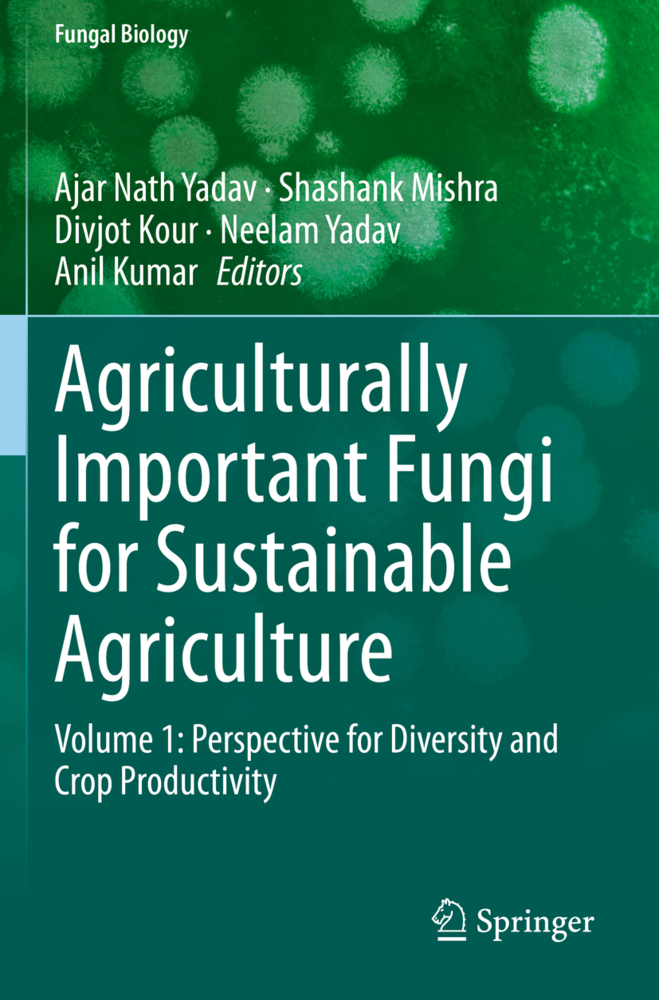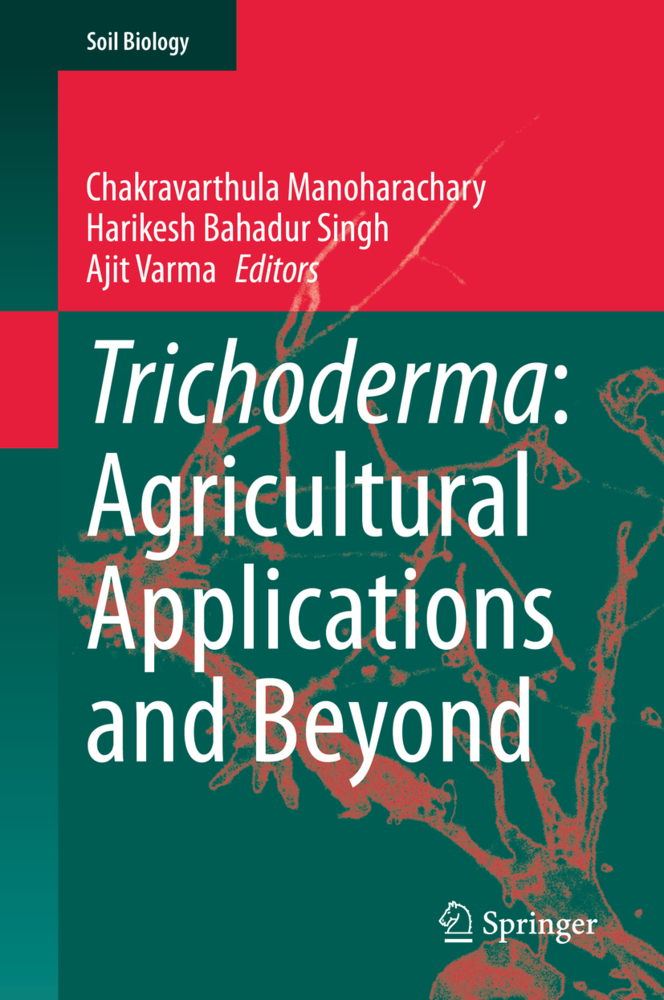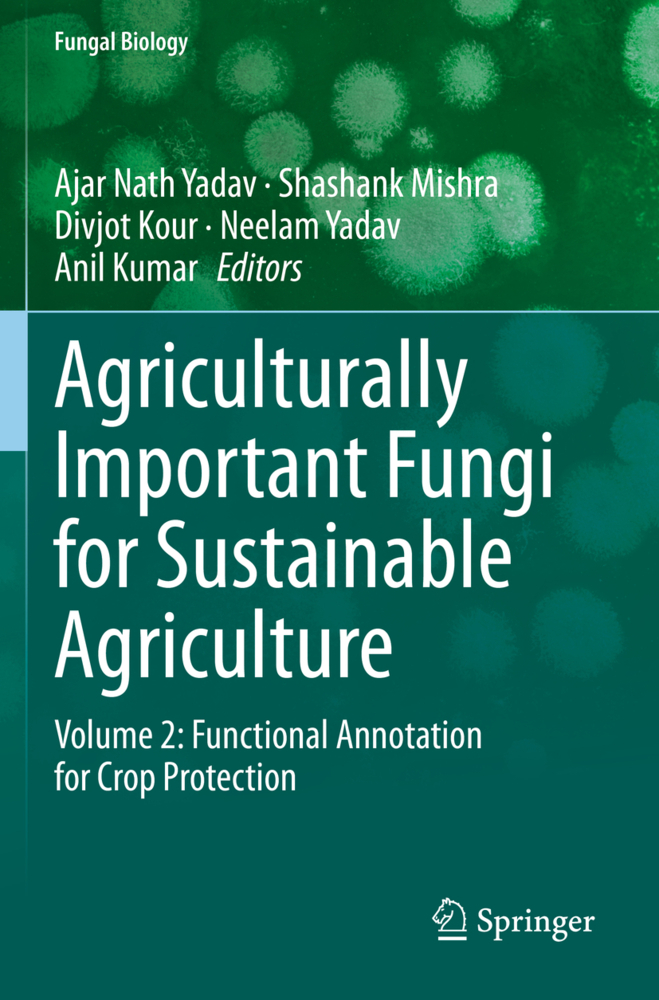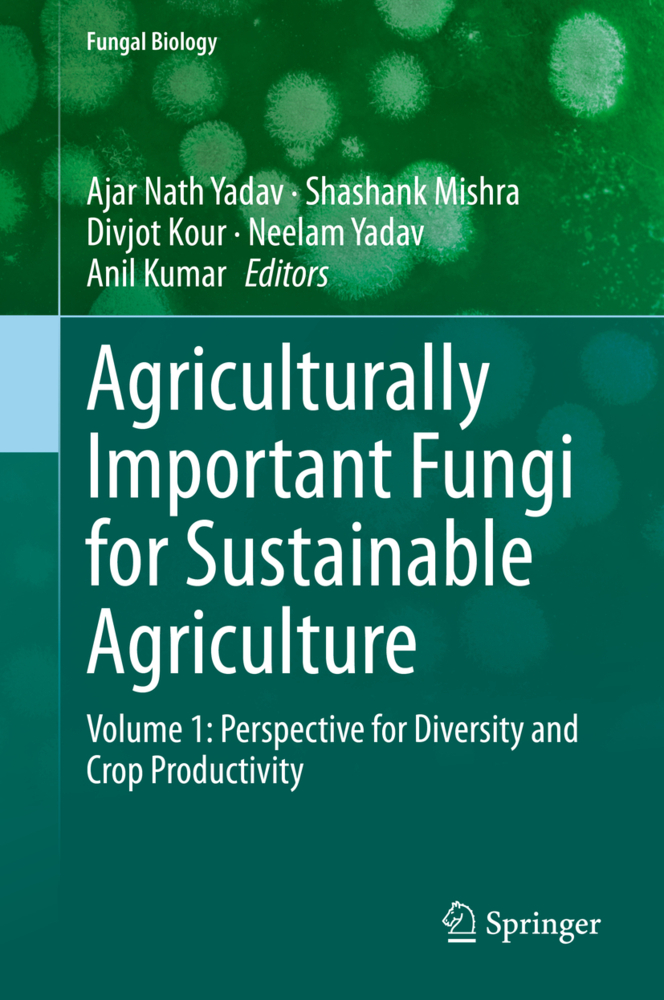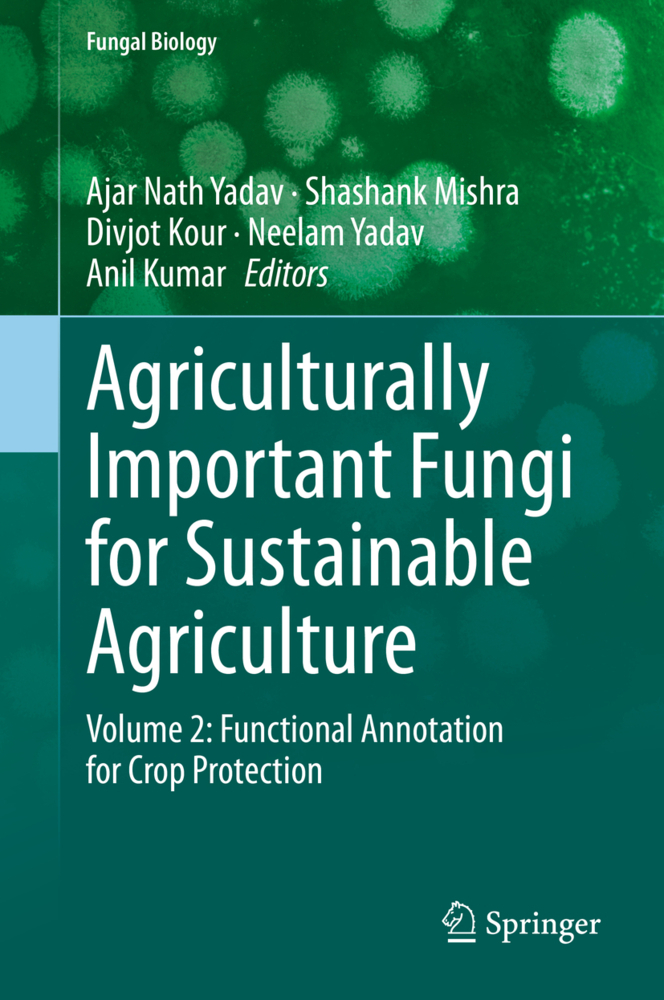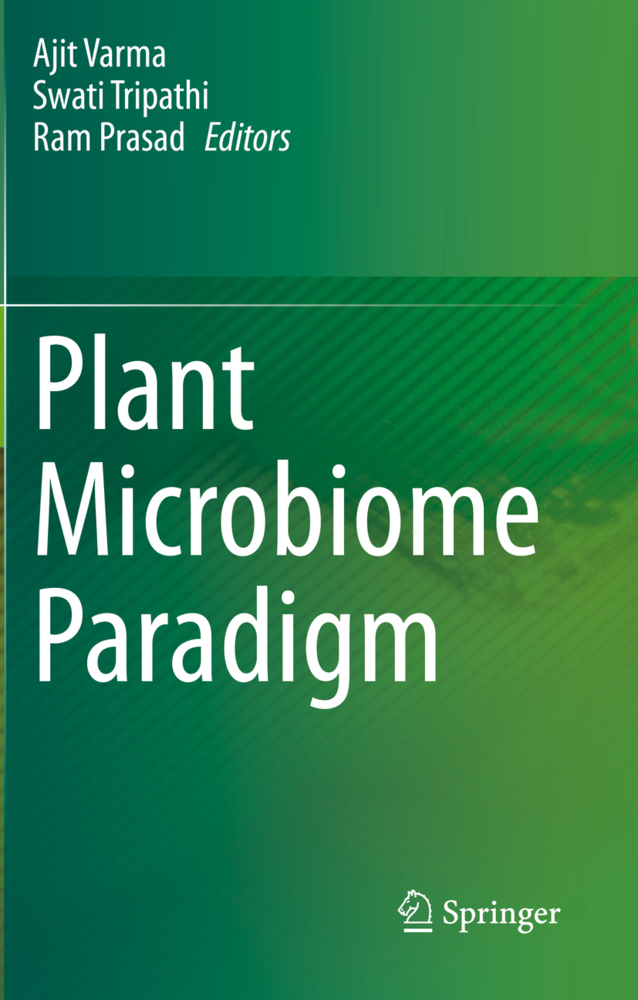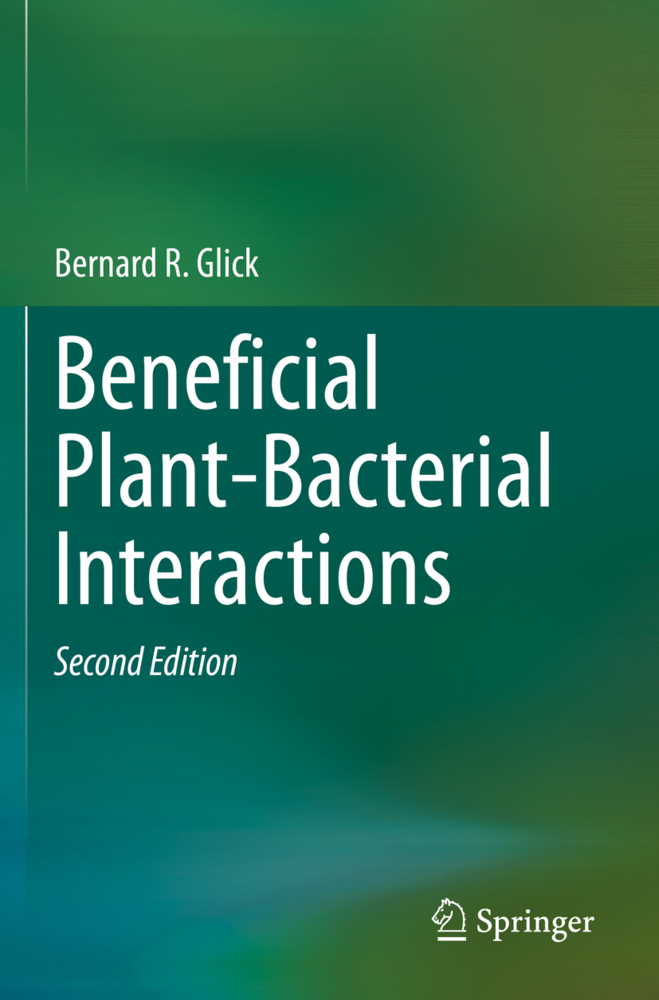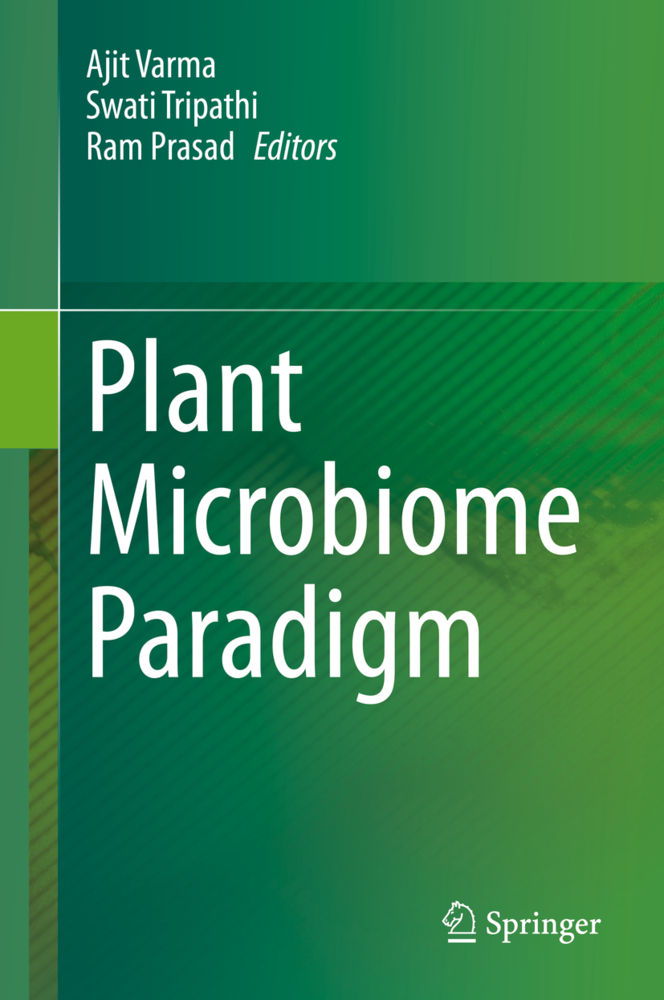Advances in Trichoderma Biology for Agricultural Applications
Advances in Trichoderma Biology for Agricultural Applications
Advances in Trichoderma Biology for Agricultural Applications covers the beneficial properties of Trichoderma in enhancing global agricultural productivity. Trichoderma are biotechnologically significant fungi, being widely used both agriculturally and industrially. In many cases Trichoderma are also a potential drug source of clinical importance. In recent years, driven by advances in genetics and genomics, research on these fungi has opened new avenues for its various applications. This book covers i) Current state of Trichoderma taxonomy, and species identification, ii) Trichoderma and plant-pathogenic fungi interactions, iii) Trichoderma interactions with plants, including rhizosphere competence of Trichoderma, antagonistic potentials, plant growth promotion, and management of various abiotic stresses in plants, iv) Practical aspects of Trichoderma commercialization in agriculture, v) Biosynthesis of metal-based nanoparticles and its application, and vi) Negative impact of Trichoderma strains in the environments.
Reading this book should kindle further discussions among researchers working in fungal biotechnology, microbiology, agriculture, environmental science, forestry, and other allied subjects and thus lead to a broader scope of Trichoderma-based products and technologies. The knowledge shared in this book should also provide a warning on the potential risks associated with Trichoderma.
Reading this book should kindle further discussions among researchers working in fungal biotechnology, microbiology, agriculture, environmental science, forestry, and other allied subjects and thus lead to a broader scope of Trichoderma-based products and technologies. The knowledge shared in this book should also provide a warning on the potential risks associated with Trichoderma.
The current state of Trichoderma taxonomy and species identification.- Functional genetics of Trichoderma mycoparasitism.- Trichoderma secondary metabolites involved in microbial inhibition.- Genes involved in the secondary metabolism of Trichoderma and the biochemistry of these compounds.- New insights on the duality of Trichoderma as a phytopathogen killer and a plant protector, based on integrated multi-omics perspective.- The role of secondary metabolites in rizosphere competence of Trichoderma.- Elicitor proteins from Trichoderma for biocontrol potentials.- Genus Trichoderma: Its role in induced systemic resistance of plants against phytopathogens.- Role of Trichoderma in Plant Growth Promotion.- Metabolomic approaches to study Trichoderma-plant interactions.- Management of salinity stress by the application of Trichoderma.- Tolerance to and alleviation of abiotic stresses in plants mediated by Trichoderma spp.- Trichoderma genes for abiotic stress tolerance in plants.- Development, production, and storage of Trichoderma formulations for agricultural applications.- Regulatory issues in commercialization of Trichoderma-based products in the USA.- Industrially important genes from Trichoderma.- Biosynthesis of metal-based nanoparticles by Trichoderma and its potential applications.- Trichoderma role in anthropogenic pollutions mycoremediation: pesticides and heavy metals.- Trichoderma and its products from laboratory to patient bedside in medical Science -an emerging aspect.- Trichoderma enzymes in wine and beer industry.- Trichoderma green mould disease of cultivated mushrooms.- Trichodermosis: Human infections caused by Trichoderma species.
Amaresan, N.
Sankaranarayanan, A.
Dwivedi, Mitesh Kumar
Druzhinina, Irina S.
| ISBN | 978-3-030-91652-7 |
|---|---|
| Medientyp | Buch |
| Copyrightjahr | 2023 |
| Verlag | Springer, Berlin |
| Umfang | XIV, 650 Seiten |
| Sprache | Englisch |

